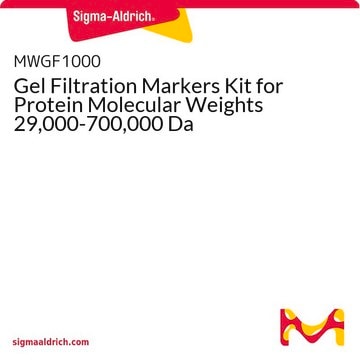C2899
Cytisine
≥99%, powder
Synonym(s):
(−)-Cytisine, (1R,5S)-1,2,3,4,5,6-Hexahydro-1,5-methano-8H-pyrido[1,2a][1,5]diazocin-8-one, (1S,9S)-3,11-Diazatricyclo[7.3.1.03,8]trideca-5,7-dien-4-one, Baptitoxin, Laburnin, Sophorine, Ulexine
Select a Size
Select a Size
About This Item
Recommended Products
Quality Level
assay
≥99%
form
powder
color
light yellow
bp
218 °C/2 mmHg (lit.)
mp
154-156 °C (lit.)
SMILES string
O=C1C=CC=C2C3CNCC(C3)CN12
InChI
1S/C11H14N2O/c14-11-3-1-2-10-9-4-8(5-12-6-9)7-13(10)11/h1-3,8-9,12H,4-7H2/t8-,9+/m0/s1
InChI key
ANJTVLIZGCUXLD-DTWKUNHWSA-N
Gene Information
rat ... Chrna2(170945) , Chrna3(25101) , Chrna4(25590)
Looking for similar products? Visit Product Comparison Guide
Related Categories
General description
Biochem/physiol Actions
Features and Benefits
signalword
Danger
hcodes
Hazard Classifications
Acute Tox. 3 Dermal - Acute Tox. 3 Inhalation - Acute Tox. 3 Oral
Storage Class
6.1C - Combustible acute toxic Cat.3 / toxic compounds or compounds which causing chronic effects
wgk_germany
WGK 3
flash_point_f
Not applicable
flash_point_c
Not applicable
ppe
Eyeshields, Faceshields, Gloves, type P2 (EN 143) respirator cartridges
Choose from one of the most recent versions:
Already Own This Product?
Find documentation for the products that you have recently purchased in the Document Library.
Active Filters
Our team of scientists has experience in all areas of research including Life Science, Material Science, Chemical Synthesis, Chromatography, Analytical and many others.
Contact Technical Service






